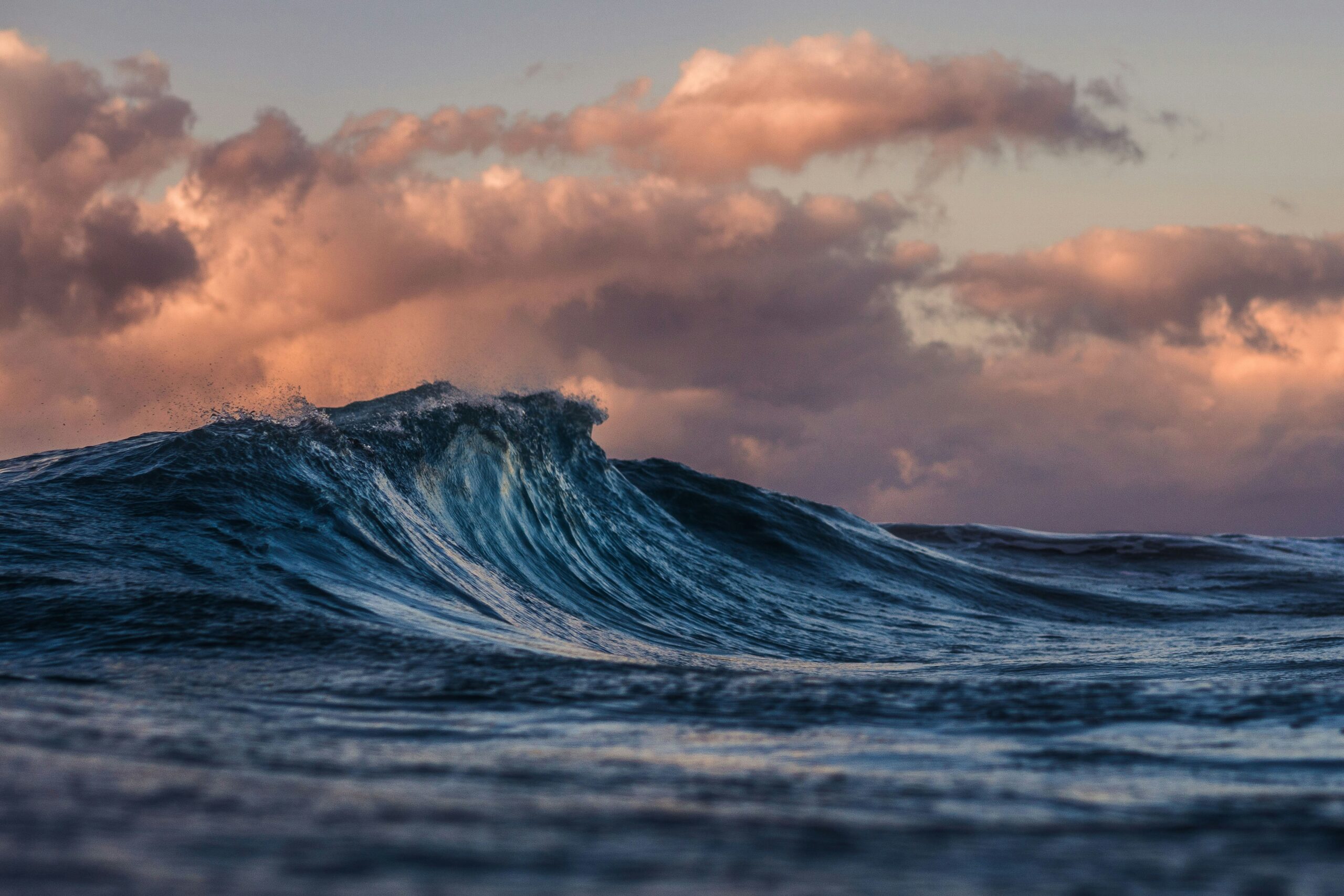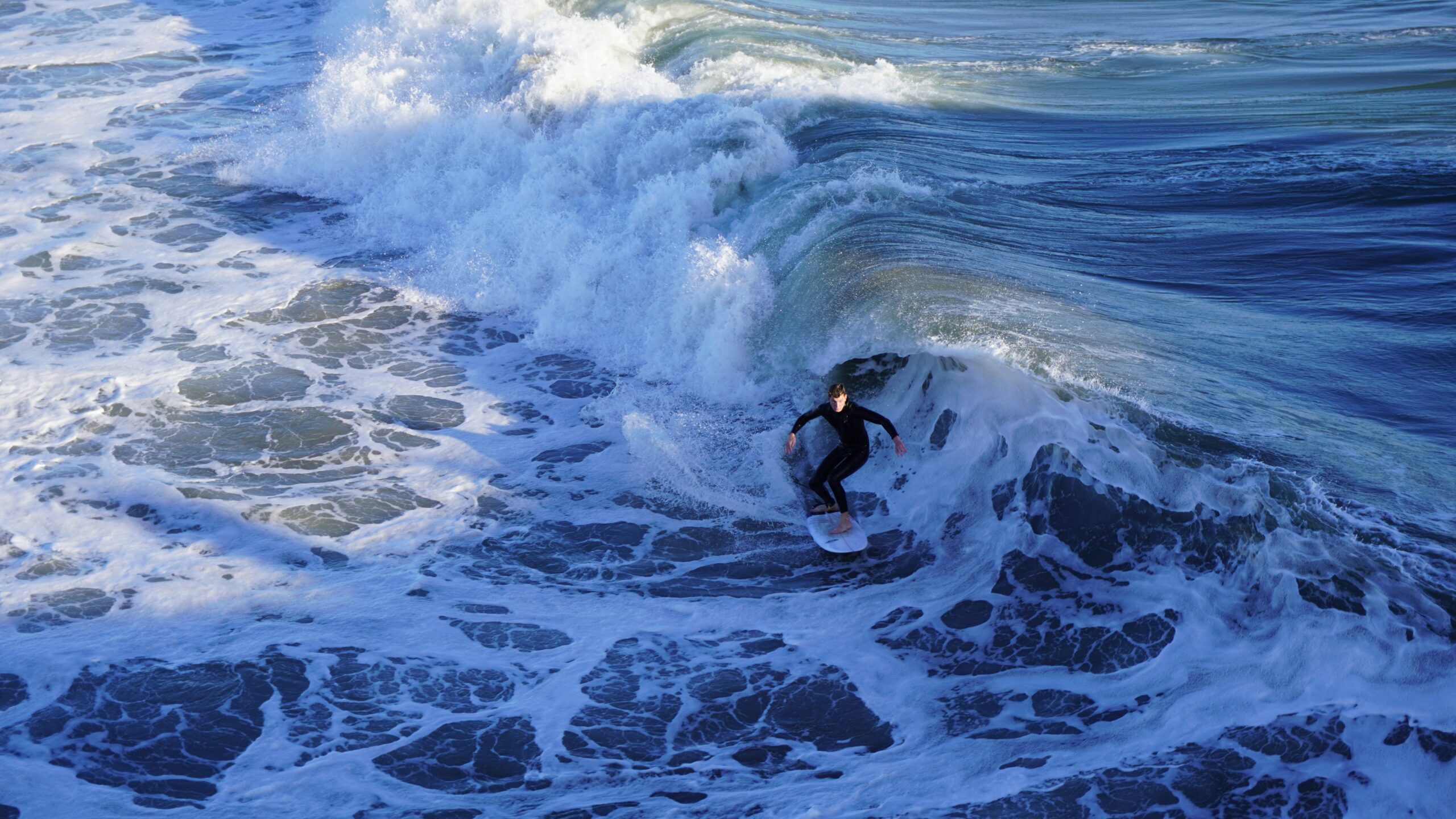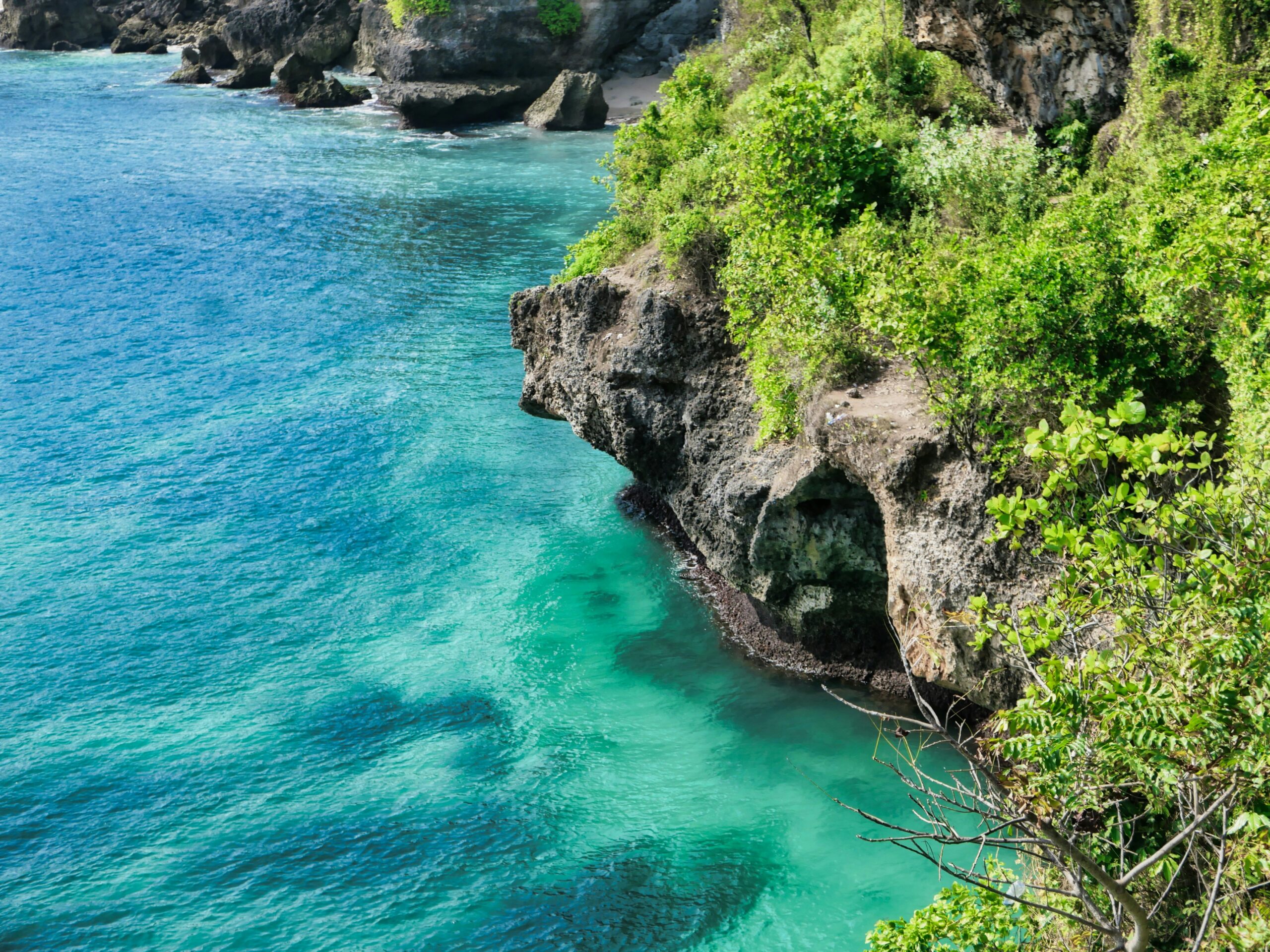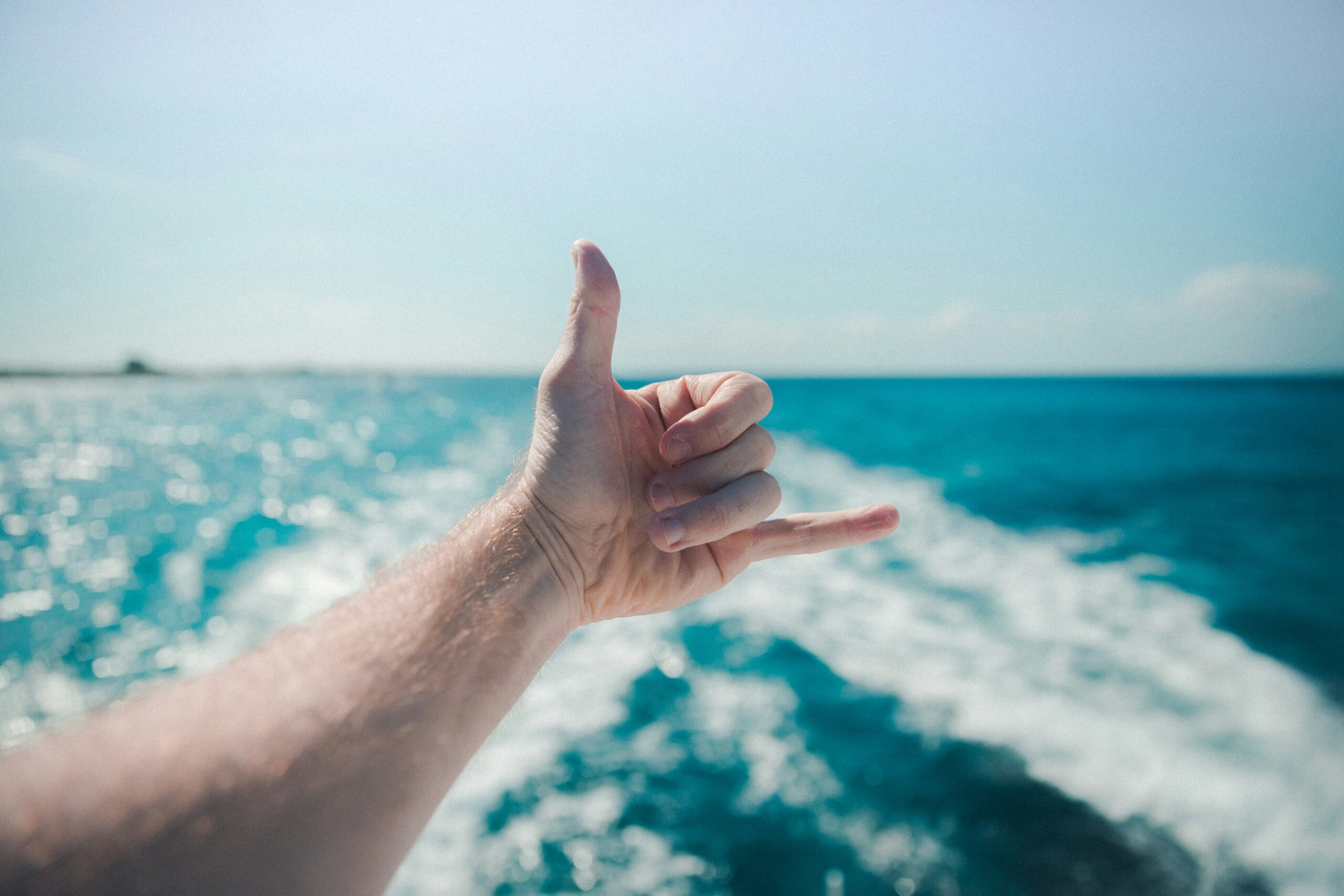Introduction
For many surfers, the allure of big waves is irresistible. The rush of adrenaline, the challenge of mastering nature’s most powerful forces, and the sheer excitement of riding a towering wave make big wave surfing a dream for thrill-seekers around the globe. However, finding the perfect spot to catch these monster waves can be a challenge in itself. This article highlights the best beaches in the world known for their big waves, providing the ultimate playground for surfers ready to test their skills.
The Thrill of Surfing Big Waves
Big wave surfing is not for the faint-hearted. It requires skill, courage, and respect for the ocean’s immense power. Surfers who take on these challenges are often chasing the thrill of riding waves that can reach heights of 20 feet or more. These waves are not only larger but also more powerful, making them an entirely different experience from your average surf session.
Importance of Choosing the Right Beach
Choosing the right beach is crucial when it comes to big wave surfing. Factors such as wave size, consistency, local weather conditions, and underwater topography all play a role in determining whether a beach is suitable for big wave surfing. The beaches listed here are famous not only for their massive waves but also for their unique surfing conditions that attract surfers from all over the world.
Top Beaches with Big Waves
Pipeline, Oahu, Hawaii
The Banzai Pipeline on Oahu’s North Shore is perhaps the most famous big wave surf spot in the world. Known simply as “Pipeline,” this beach is renowned for its massive, hollow waves that break close to the shore. Pipeline’s waves can reach up to 30 feet, providing an incredible challenge for even the most experienced surfers. The powerful waves and shallow reef make it a dangerous yet thrilling spot.

Teahupo’o, Tahiti
Teahupo’o is one of the heaviest and most dangerous waves in the world. Located in Tahiti, this wave is famous for its thick, glassy barrels that can reach heights of 20 feet or more. The wave breaks over a shallow reef, creating a heavy lip that can be both exhilarating and deadly. Teahupo’o is often reserved for expert surfers due to its extreme conditions.
Mavericks, California, USA
Mavericks, located off the coast of Half Moon Bay in Northern California, is legendary for its gigantic waves that can reach heights of 60 feet or more. The wave is known for its cold water, strong currents, and challenging conditions. Mavericks is a magnet for big wave surfers from around the globe, especially during the winter months when the waves are at their peak.
Jaws (Peahi), Maui, Hawaii
Jaws, also known as Peahi, is one of the most famous big wave surf spots on Maui. The waves at Jaws can reach up to 70 feet, making it one of the largest waves in the world. The power and speed of the waves at Jaws are unmatched, attracting only the bravest and most skilled surfers. Jaws is also known for its beautiful blue water and stunning Hawaiian scenery.
Nazare, Portugal
Nazare has become synonymous with big wave surfing, thanks to its massive waves that regularly exceed 80 feet. The underwater canyon off the coast of Nazare funnels and amplifies the waves, creating some of the largest and most powerful waves on the planet. Nazare holds the record for the largest wave ever surfed, making it a must-visit spot for big wave surfers.
Uluwatu, Bali, Indonesia
Uluwatu is one of Bali’s most famous surf spots, known for its consistent big waves and stunning cliffside views. The waves at Uluwatu can reach up to 20 feet, offering a thrilling ride for surfers of all levels. The beach is also famous for its laid-back vibe and vibrant surf culture, making it a popular destination for surfers from around the world.
Shipstern Bluff, Tasmania, Australia
Shipstern Bluff, located in Tasmania, is famous for its massive, unpredictable waves that can reach up to 30 feet. The wave is known for its “steps,” which are ledges that form within the wave, creating a unique and challenging surfing experience. Shipstern Bluff is a remote and rugged spot, attracting only the most adventurous big wave surfers.
Puerto Escondido, Oaxaca, Mexico
Puerto Escondido, often referred to as the “Mexican Pipeline,” is famous for its powerful, barreling waves. The waves at Puerto Escondido can reach up to 30 feet, providing an exhilarating ride for experienced surfers. The beach is also known for its warm water and vibrant surf culture, making it a popular destination for surfers from around the world.
Cloudbreak, Tavarua Island, Fiji
Cloudbreak is one of the most sought-after surf spots in the world, known for its long, barreling waves that can reach up to 20 feet. Located off the coast of Tavarua Island in Fiji, Cloudbreak offers some of the most consistent and powerful waves in the South Pacific. The wave breaks over a shallow reef, creating perfect barrels that attract surfers from around the globe.
Banzai Pipeline, North Shore, Oahu, Hawaii
While Pipeline has already been mentioned, it deserves a second mention due to its status as one of the most iconic big wave surf spots in the world. The combination of massive waves, powerful barrels, and beautiful Hawaiian scenery makes Pipeline a bucket-list destination for any serious surfer.
Factors to Consider When Surfing Big Waves
Skill Level
Big wave surfing is not for beginners. These waves are powerful, fast, and often unpredictable. Before attempting to surf big waves, it’s crucial to have a solid foundation in surfing smaller waves and to gradually build up to larger waves. Many of the beaches mentioned require advanced surfing skills and a deep understanding of ocean dynamics.
Safety Precautions
Surfing big waves comes with inherent risks, including the possibility of drowning, getting caught in strong currents, or being thrown onto a reef. It’s essential to wear the right safety gear, such as a life vest and a helmet, and to always surf with a buddy. Knowing how to read the waves and understanding the local conditions can also help mitigate the risks.
Best Seasons for Big Waves
The best time to catch big waves varies depending on the location. For example, the winter months are ideal for big waves in Hawaii and California, while the summer months bring larger swells to the beaches of Indonesia and Tahiti. It’s important to research the best seasons for big waves at your chosen destination to ensure you catch the optimal surf conditions.

Surfing Gear
When surfing big waves, having the right gear is crucial. A big wave surfboard, often called a “gun,” is longer and more stable than regular surfboards, allowing surfers to paddle into large waves more easily. Additionally, wearing a wetsuit is essential in colder waters, while a leash helps keep the board close by in case of a wipeout.
Conclusion
Surfing big waves is an incredible experience that pushes the boundaries of skill, courage, and respect for the ocean. The beaches mentioned in this article offer some of the best big wave surfing opportunities in the world, each with its unique challenges and rewards. Whether you’re chasing the thrill of massive barrels or the beauty of towering swells, these spots are sure to deliver an unforgettable surfing adventure.
FAQs
What are the dangers of surfing big waves?
Surfing big waves carries significant risks, including the potential for drowning, serious injury from being thrown onto reefs or rocks, and the danger of being caught in strong currents. It’s essential to take proper safety precautions and know your limits.
How can beginners start surfing on big waves?
Beginners should start by mastering smaller waves and gradually progressing to larger ones. It’s important to build confidence and skill before attempting big wave surfing. Taking lessons from experienced instructors and practicing in controlled environments can also help.
What’s the best time of year to catch big waves at these beaches?
The best time for big waves varies by location. For example, winter is ideal for big waves in Hawaii and California, while summer months are better for places like Tahiti and Indonesia. Researching the local wave conditions for your chosen destination will help you plan the best time to visit.
Do you need special equipment to surf big waves?
Yes, big wave surfing requires specialized equipment. A “gun” surfboard, which is longer and more stable, is essential for paddling into large waves. Additional safety gear like a life vest, helmet, and leash are also important for big wave surfing.
Are there any surf schools that specialize in big wave surfing?
Yes, there are surf schools around the world that specialize in big wave surfing. These schools offer training programs that focus on building the necessary skills and knowledge to safely surf big waves. Some of the most popular big wave surf schools are located in Hawaii, California, and Australia.




